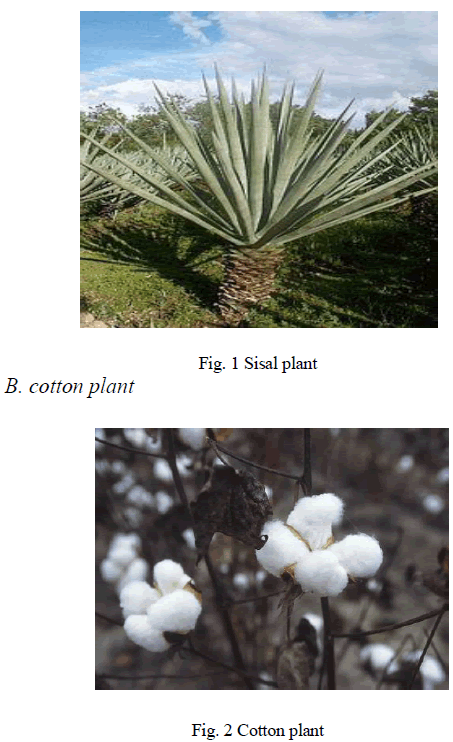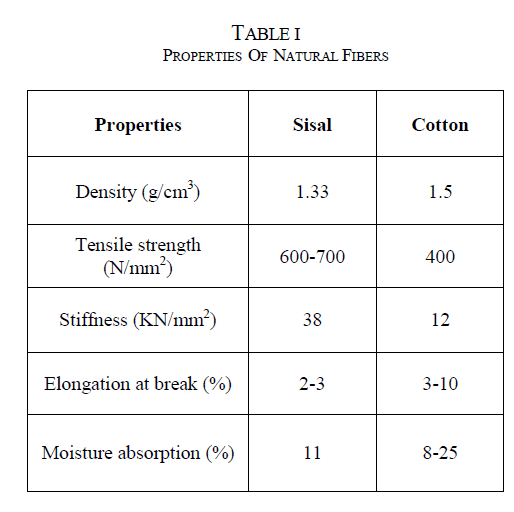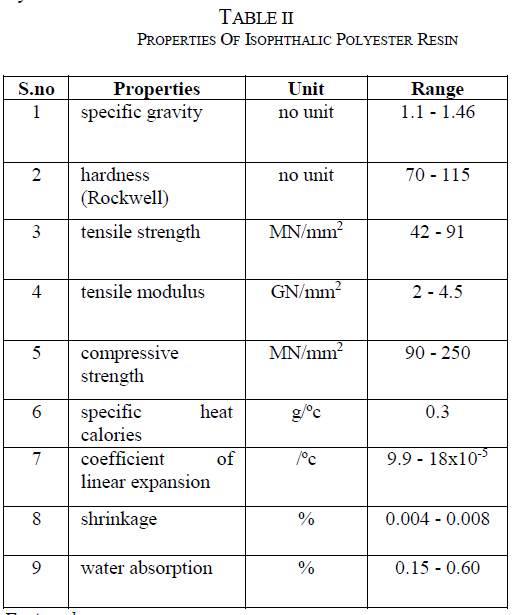ISSN ONLINE(2319-8753)PRINT(2347-6710)
ISSN ONLINE(2319-8753)PRINT(2347-6710)
| N.Suvedha, S. Hariganesan Department of CSE, Adhiparasakthi Engineering College, Melmaruvathur, Tamilnadu, India |
| Related article at Pubmed, Scholar Google |
Visit for more related articles at International Journal of Innovative Research in Science, Engineering and Technology
In this age of significant telecommunications competition, mobile network operators continuously seek new and innovative ways to create differentiation and increase profits through the delivery of highly personalized services. One of the most powerful ways to personalize mobile services is based on location. Localisation is a key to provide location based services (LBS) to the user because the location information is typically useful for coverage, deployment, routing, location service, target tracking, rescue operations and location based advertisement. One of the most obvious technologies behind LBS is positioning, with the most widely recognized system being the Global Positioning System (GPS).To get the location coordinates, the proposed system is using GPS and auto tracking. A mobile client application which consists of a windows mobile and GPS receiver finds the location of the user. In order to share this location the mobile client sends this location coordinate to the server from where other users can get this location information if only they have the authentication provided by the user.
Keywords |
| GPS, LBS, autotracking, google maps,C2DM |
INTRODUCTION |
| 1. Location Based Service (LBS) has been considered as the most potential part of wireless value-added services. However, the development of LBS, which needs lots of data to transmit, is strictly limited because of the limited bandwidth of wireless network. With the emergence of 3G, wireless network speed is greatly improved, which will provide more information to users easily, and hence LBS will be greatly promoted. Today mobile communication devices are becoming much more technologically advanced and offer more features than just conversation. In cell phones, global positioning system (GPS) tracking and sharing are some of the advancements. GPS systems can be used when outdoors for activities such as hiking or camping. According to a new report from the research firm Berg Insight; “revenues from mobile location based services (LBS) in the European market will grow by 34 percent annually to reach €622 million in 2010” [1]. This figure demonstrates how important location based services (LBS) applications are becoming to mobile users. Within the last few years, mobile phones spread like wild fire. With more than 2 billion phones around the globe and more mobile than fixed line subscribers, mobile phone industry is the most growing industry in the world. The development progressed from unhandy simple phones to small all-rounder with high resolution color display, organizer, and integrated camera and Global Position Service (GPS) receiver [2]. The main reason for rapid progress in mobile business is that the features and services that a mobile phone can provide now a days. The previous generation phones only had the capability of speech communication between several users and text messaging with few numbers of inbuilt hardware. But now a mobile has the capability of image capturing, video recording, Bluetooth, file sharing, touch screen display, low power consumption, GPS receivers to get location coordinates and many other advanced features and in-built hardware. These eye catching features attract more users. Here we are concerning only about the internal GPS receivers [3] in mobile phones. The GPS receiver is able to calculate the location using GPS satellite system [4]. For further information and access authentication about GPS refer to [5]. Location Based Services attracts more and more users to take advantages of these services. They determine the location of the user by using one of several technologies for determining position (such as GPS), and then use the location and other information to provide personalized applications and services. For an example, consider a wireless 911 emergency service that determines the caller's location automatically. Such a service would be extremely useful, especially to users who are far from home and don't know local landmarks. Traffic advisories, navigation help including maps and directions, and roadside assistance are natural location-based services. Other services can combine present location with information about personal preferences to help users find food, lodging, and entertainment to fit their tastes and pocket books. This application can help users to be aware of their own location and send it to any valid mobile number using short message service. Users can also share their location with friends and family. Further, users can take advantages of emergency features which send user’s current location to emergency numbers. |
| 2. Related Work It deals with some of the existing works related to the proposed mobile solution, mainly, using tracking systems through GPS or GSM cell The proposed application Locating Friends and Family Using Mobile Phones with Global Positioning System (GPS) based on client-server architecture that helps the users to locate their family members and receive alerts when their friends are nearb.The mobile application was implemented using.netframework where the most recent APIs and other older APIs were combined together in order to make the application reliable on windows mobile terminal. The server was implemented using C2DM since C2DM guarantees that the server would not be overloaded. The type of the Database used in the system was MySQL. In paper [13], a technique is given to send GPS coordinates of a mobile through a SMS to other mobile phones. Two algorithms, AES and Key scheduling algorithm, which can be used in conjunction to share the key generated from cloud based service inorder to provide authentication, are used as a basis for location tracking. The first coordinates are generated from a GPS assisted mobile on Google map, this location is then sent through SMS to another person. The latter can then see the exact location of the sender on his map with an accuracy of 0.57m. In paper [18], two techniques were described to locate and track cellular phones using digital cellular mobile telephony networks. Radio frequency signals are used for locating mobile nodes. Our proposal is designed for a windows mobile phone that incorporates a GPS. Unlike the systems mentioned above, the main feature of our application provides the user the ability to locate him, send his own location via SMS and share his location with friends through a web server. |
| 3. Related Technologies The proposed solution can furnish better functionalities and is very easy to deploy in a windows mobile phone with GPS receptor. For the user safety, the GPS Locator application can be useful in emergency scenarios, for instance kid- napping, hijacking, and thereby giving the user the option to send his location calls via SMS. |
| 3.1. GPS The Global Positioning System (GPS) [6] is a satellite-based navigation system made up of a network of 24 satellites placed into orbit by the U.S. Department of Defense. GPS was originally intended for military applications, but in the 1980s, the government made the system available for civilian use. GPS works in any weather conditions, anywhere in the world, 24 hours a day. There are no subscription fees or setup charges to use GPS. The GPS system has three parts. |
| 3.1.1 Satellites: GPS satellites circle the earth twice a day in a very precise orbit and transmit signal information to earth. |
| 3.1.2 Receivers: GPS receivers take this information and use triangulation (method) to calculate the user's exact location. |
| 3.1.3 Software: Application softwares are used to command the devices such as Handhelds and Computers and take benefits of the above two services. |
| 3.2. The GPS Satellite System The 24 satellites that make up the GPS space segment are orbiting the earth about 12,000 miles above us. They are constantly moving, making two complete orbits in less than 24 hours. These satellites are travelling at speeds of roughly 7,000 miles an hour. GPS satellites are powered by solar energy. They have backup batteries on- board to keep them running in the event of a solar eclipse, when there's no solar power. Small rocket boosters on each satellite keep them flying in the correct path. A GPS satellite weighs approximately 2,000 pounds and is about 17 feet across with the solar panels extended. Transmitter power is only 50 watts or less. |
 |
| figure 1.1 describes the system architecture |
APPLICATIONS |
| While originally a military project, GPS is considered a dual-use technology, meaning it has significant military and civilian applications. GPS has become a widely used and useful tool for commerce, scientific uses, tracking and surveillance. GPS's accurate timing facilitates everyday activities such as banking, mobile phone operations, and even the control of power grids. Farmers, surveyors, geologists and countless others perform their work more efficiently, safely, economically, and accurately. |
ALGORITHM |
| Enabling C2DM |
| This is the sequence of events that occurs when an Windows application running on a mobile device registers to receive messages The first time the application needs to use the messaging service, it fires off a registration Intent to a C2DM server. This registration Intet (com.google.windows. c2dm. intent. REGISTER) includes the sender ID (that is, the account authorized to send messages to the application, which is typically the e-mail address of an account set up by the application's developer) and the application ID. If the registration is successful, the C2DM server broadcasts a REGISTRATION Intent which gives the application a registration ID. The application stores this ID for later use. To complete the registration, the application sends the registration ID to the application server. The application server typically stores the registration ID in a database. The registration ID lasts until the application explicitly unregisters itself or until Google refreshes the registration ID for your application. |
| AES ALGORITHM |
| The AES algorithm is based on permutations and substitutions. Permutations are rearrangements of data, and substitutions replace one unit of data with another. AES performs permutations and substitutions using several different techniques. The following is the 128-bit value that you will encrypt with the indexes array: |
| 00 11 22 33 44 55 66 77 88 99 aa bb cc ddeeff 0 1 2 3 4 5 6 7 8 9 10 11 12 13 14 15 |
| The 192-bit key value is:00 01 02 03 04 05 06 07 08 09 0a 0b 0c 0d 0e 0f 10 11 12 13 14 15 16 17 0 1 2 3 4 5 6 7 8 9 10 11 12 13 14 15 16 17 18 19 20 21 22 23 |
| When the AES constructor is called, two tables that will be used by the encryption method are initialized. |
 |
| The first table is a substitution box named Sbox. It is a 16 × 16 matrix. The first five rows and columns of Sbox are shown in Fig6.2. |
| Behind the scenes, the encryption routine takes the key array and uses it to generate a "key schedule" table named w[]. |
 |
| Key Scheduling. |
| The first Nk (6) rows of w[] are seeded with the original key value (0x00 through 0x17) and the remaining rows are generated from the seed key. The variable Nk represents the size of the seed key in 32-bit words. |
| Key-Scheduling Algorithm (KSA) |
| The Key-Scheduling Algorithm is used to initialize the permutation in the array "S". "keylength" is defined as the number of bytes in the key and can be in the range 1 ≤ keylength ≤ 256, typically between 5 and 16, corresponding to a key length of 40 – 128 bits. First, the array "S" is initialized to the identity permutation. S is then processed for 256 iterations in a similar way to the main PRGA, but also mixes in bytes of the key at the same time. |
| for i from 0 to 255 |
| S[i] :=i |
| endfor |
| j := 0 |
| for i from 0 to 255 |
| j := (j + S[i] +key[i mod keylength]) mod 256 |
| swap values of S[i] and S[j] |
| endfor |
| Security in AES |
| AES is computationally secure against bruteforce attack. AES is so secure that its security key can never be broken, despite some of the inherent flaws in AES.Because it is more malleable than common block ciphers.If not used together with a strong Message Authentication Code (MAC), then encryption is vulnerable to a bit-flipping attack. |
| AES-encrypted data is unbreakable in the sense that no known cryptanalysis attack can decrypt the AES cipher text without using a brute-force search through all possible 256-bit keys. |
CONCLUSION |
| A Location Based Service (LBS) application for windows enabled mobile phones, using Global Positioning System (GPS) as the location provider is presented in this paper. The application provides the user with his current location coordinates and displays it on Google Maps on the mobile phone. The application is also implemented as a client server system that helps users to locate their friends or anyone with whom he wants to share his location. The location average accuracy using this system is believed to be within a couple of meters. The application works in the open space areas only as it relies on GPS. Future extensions may look at other options such as getting the location from the service provider. In this case the location accuracy will be reduced and will depend on the size of the cells where the user is located. Other future extensions can be summarized as follows: |
| Better user interface design, |
| External Bluetooth GPS receiver interface, |
| Accelerometer, proximity, compass, |
| Improved accuracy with newer algorithm, |
| Emergency services using centralized databases. |
References |
|